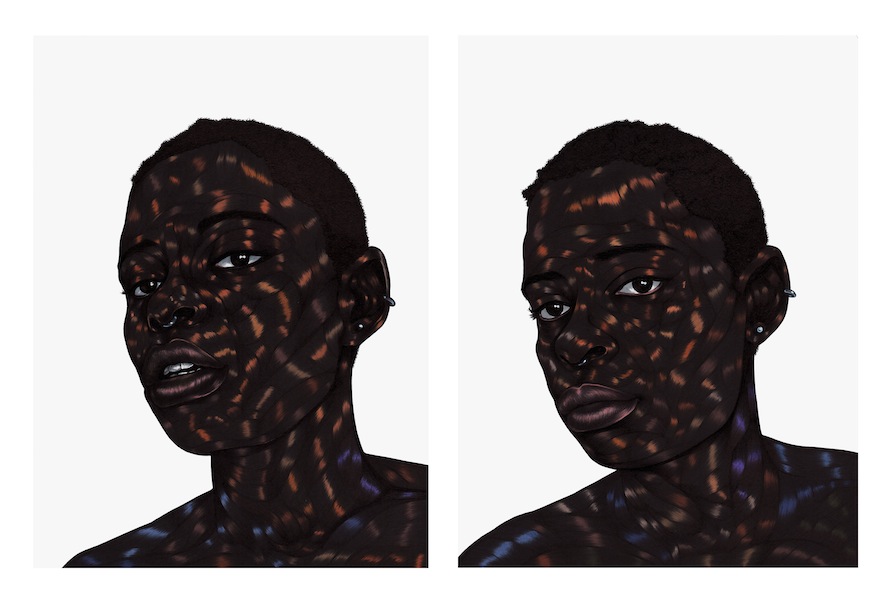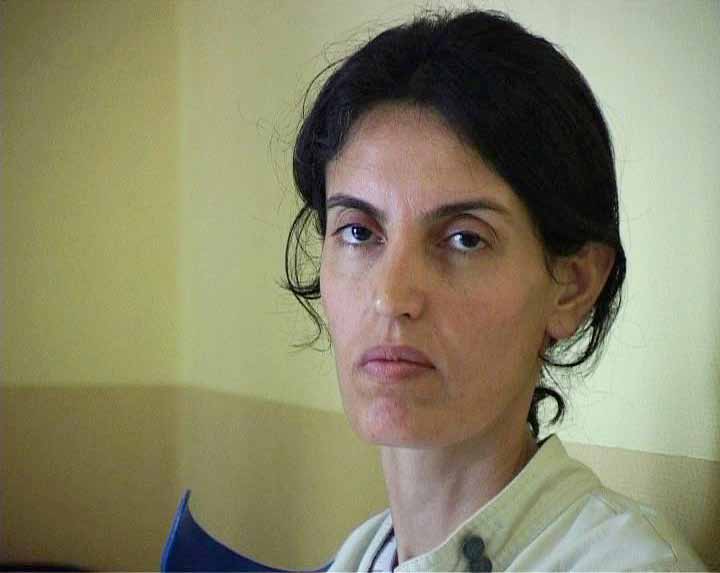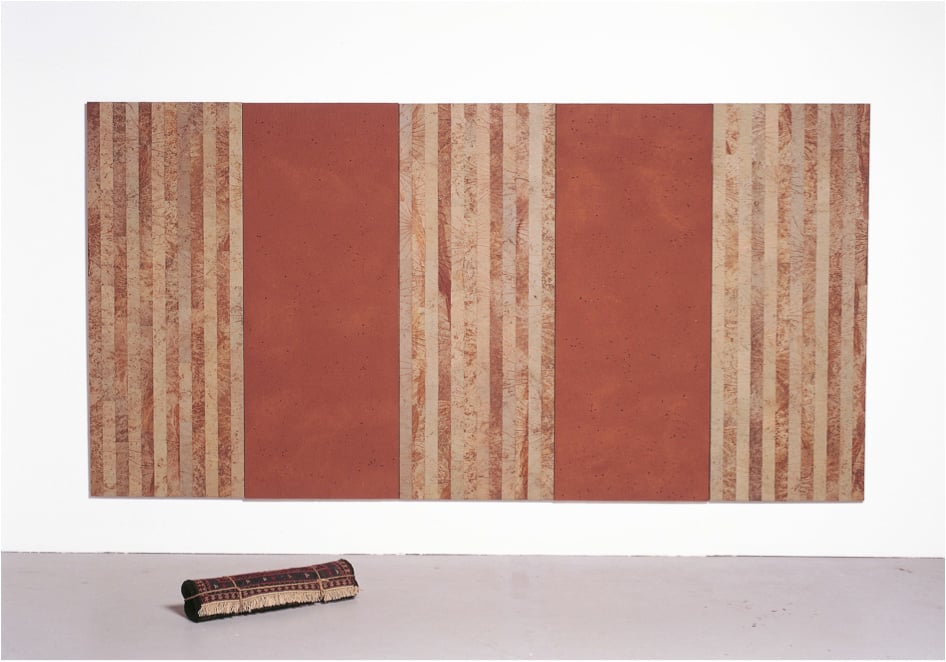
© » KADIST
Clarissa Tossin
Clarissa Tossin’s film Ch’u Mayaa responds to Frank Lloyd Wright’s Hollyhock House (constructed 1919–21) in Los Angeles, an example of Mayan Revival architecture. By re-appropriating the structure as a temple and imbuing it with a dance performance based on movements and postures found in ancient pottery and murals, the choreography takes its influence from the house’s design and the body positions on ancient Maya ceramics and buildings. A pulse, breathing, and a pre-Columbian clay flute are among the sounds on the soundtrack.

© » KADIST
Clarissa Tossin
In Fordlândia Fieldwork (2012), Tossin documents the remains of Henry Ford’s rubber enterprise Fordlândia, built in 1928 in the Brazilian Amazon to export cultivated rubber for the booming automobile industry. When his rubber trees died from disease and his primarily indigenous workforce revolted, his enterprise went busts within a few short years. Ford never faulted his own planning, but instead blamed the “inhospitable” Brazilian landscape.

© » KADIST
Toyin Ojih Odutola
Drawing & Print (Drawing & Print)
As she traces the same shape again and again, Ojih Odutola’s lines become darker and deeper, sometimes pushed to the point where their blackness becomes luminous. Set against a blank white background, as in Untitled (2015), Ojih Odutola’s figures are stark, resolute in their darkness. The surface of her subject’s skin becomes ribbon-like, lines weaving across the contours of their head and neck.

© » KADIST
Toyin Ojih Odutola
Ojih Odutola uses a distinctive visual style to capture members of her family, rendering them one pen stroke at a time, until their skin resembles ribbons woven into the contours of a face, neck, or hand. The simplicity of Ojih Odutola’s compositions enables a consideration of skin, blackness, surface, and detail, all hovering out of time and space.

© » KADIST
Clarisse Hahn
Prisons is part of a series of videos, entitled Our Body is a Weapon , representing individuals who affirm the body as a place of political and social resistance. In this video, two young women used their bodies as a weapon of war, participating in a hunger strike in Turkish prisons in the year 2000. This hunger strike was violently repressed by the army.

© » KADIST
Clarisse Hahn
Les princes de la rue by Clarisse Hahn is part of Boyzone , a long term project in which the artist observes how men’s bodies reflect their relationships to public and private spaces. Hahn’s photographs move beyond gazing at the Other; they demonstrate how outcast, among themselves, can reproduce the gaze that is cast on them as a means of expression. As such, this series makes space for Hahn’s subjects to intimately express their strength, fragility, and pain, as well as their history.

© » KADIST
Hossein Valamanesh
In Runner there are two elements:a big painting and a rolled Persian rug. The rug refers to Iran’s cultural history. The travelling tribes used to transport rugs through the desert on camels or horses so that they would always have a comfortable place to sleep and dream.
Toyin Ojih Odutola
Though born in Nigeria, artist Toyin Ojih Odutola was raised largely in the United States, living in Alabama, California, and now New York...
Clarisse Hahn
Through her films, photographs and video installations, Clarisse Hahn continues a documentary research on communities, behavioral codes and the social role of the body...
Clarissa Tossin
- location: Los Angeles, California
- year born: 1973
- gender: female
- nationality: Brazilian
- home town: Porto Alegre, Brazil
Hossein Valamanesh
Hossein Valamanesh’s work is often made out of natural material or found objects such as Persian rugs, family photo albums or clothes...
-
1990-1999
-
2010-2019
Clarisse Hahn
2011Prisons is part of a series of videos, entitled Our Body is a Weapon , representing individuals who affirm the body as a place of political and social resistance...
Clarissa Tossin
2012In Fordlândia Fieldwork (2012), Tossin documents the remains of Henry Ford’s rubber enterprise Fordlândia, built in 1928 in the Brazilian Amazon to export cultivated rubber for the booming automobile industry...
Toyin Ojih Odutola
2013Ojih Odutola uses a distinctive visual style to capture members of her family, rendering them one pen stroke at a time, until their skin resembles ribbons woven into the contours of a face, neck, or hand...
Toyin Ojih Odutola
Drawing & Print
2015(Drawing & Print) As she traces the same shape again and again, Ojih Odutola’s lines become darker and deeper, sometimes pushed to the point where their blackness becomes luminous...
Clarissa Tossin
2017Clarissa Tossin’s film Ch’u Mayaa responds to Frank Lloyd Wright’s Hollyhock House (constructed 1919–21) in Los Angeles, an example of Mayan Revival architecture...
-
2020-2029
Clarisse Hahn
2020Les princes de la rue by Clarisse Hahn is part of Boyzone , a long term project in which the artist observes how men’s bodies reflect their relationships to public and private spaces...